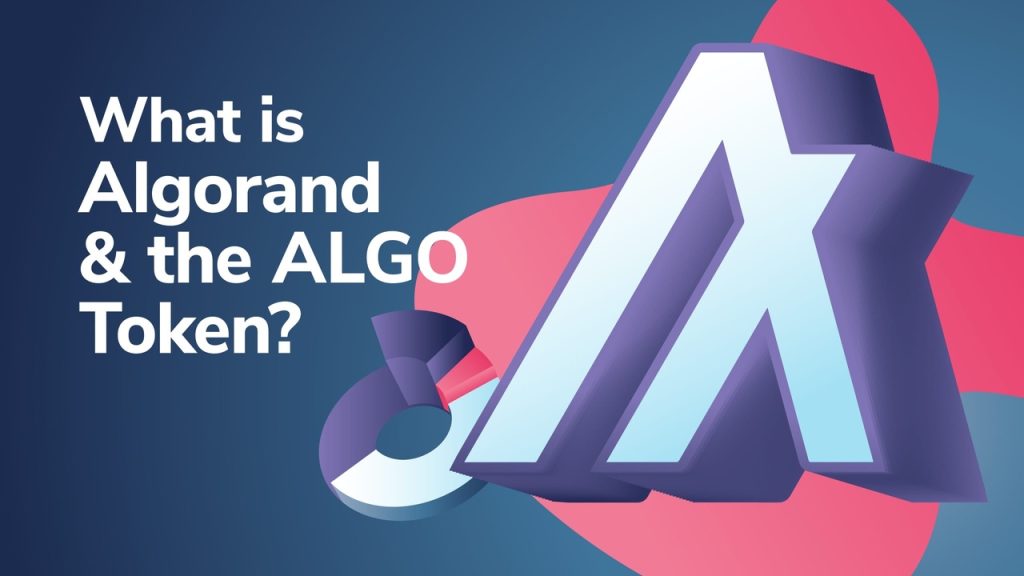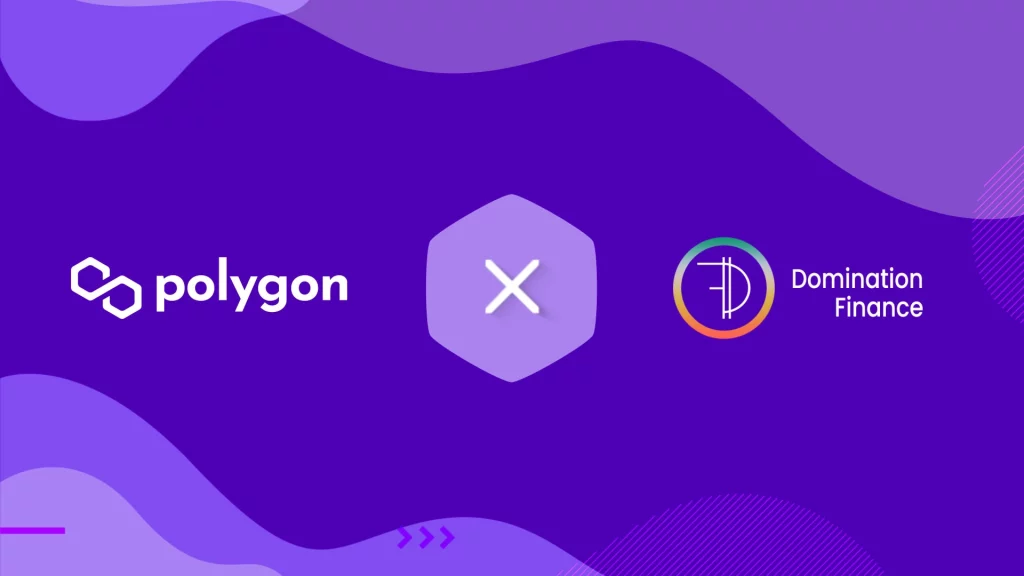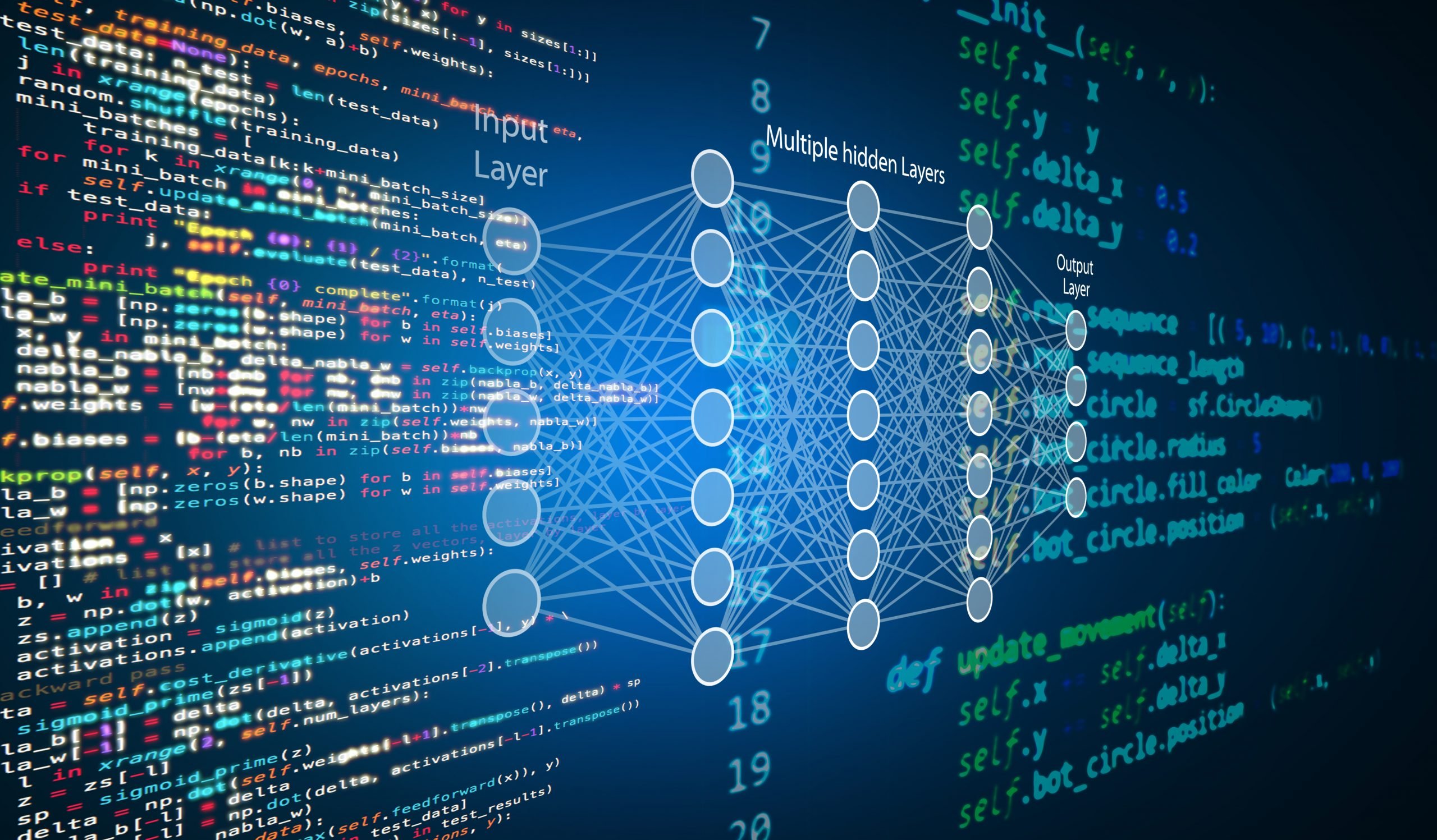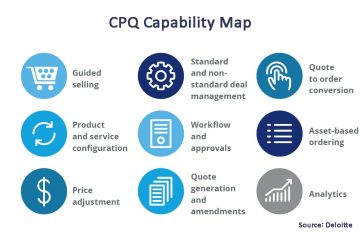Welcome to the world of DeFi, where innovation is at its peak and cutting-edge technologies are shaping the future of finance. In this digital era, decentralized platforms have emerged as game-changers in financial transactions, enabling people to transact without intermediaries. And when it comes to combining technology with creativity, Polygon and Algorand stand out as a powerful duo that’s changing the face of DeFi. Together these blockchain protocols offer seamless interoperability while allowing users to enjoy low transaction fees and lightning-fast speeds. So let’s dive into their world and explore what makes them such a compelling pair.
Table of Contents
What is Algorand?
Algorand is a blockchain protocol that uses Pure Proof-of-Stake (PPoS) consensus algorithm to provide high-speed transaction processing and true decentralization. The PPoS algorithm ensures fair distribution of tokens, secure network, and immediate confirmation of transactions with finality.

Unlike traditional PoS systems where validators are selected based on the amount of stake they hold, Algorand’s PPoS randomly selects committee members for each block without any human intervention or delegation. This makes it virtually impossible for anyone to manipulate the system or control its outcome. Algorand also supports smart contracts that enable developers to build decentralized applications (dApps) on top of its infrastructure. These dApps can be used in various industries such as finance, gaming, supply chain management, and more.
Moreover, Algorand has gained popularity due to its commitment to sustainability by reducing energy consumption compared to other popular blockchain protocols. With these unique features and benefits, Algorand continues to attract users who value security, speed and scalability in their DeFi transactions.
What is Polygon?
Polygon is a protocol and framework for building Ethereum-compatible blockchain networks. It was formerly known as Matic Network until it rebranded in February 2021. Polygon aims to provide scalability solutions to the Ethereum network by enabling faster and cheaper transactions.

One of the main features of Polygon is its ability to enable high-speed, low-cost transactions through layer-2 scaling solutions like Plasma chains and Optimistic Rollups. Through these scaling solutions, Polygon can process thousands of transactions per second compared to Ethereum’s current capacity of only around 15 transactions per second. Polygon also offers interoperability with other blockchains and networks such as Bitcoin, Polkadot, Cosmos, among others. This enables developers to build decentralized applications (dApps) that can interact with multiple blockchain ecosystems seamlessly.
Polygon offers a promising solution towards solving the scalability issues faced by decentralized finance (DeFi) protocols running on Ethereum while maintaining compatibility across various blockchain ecosystems.
How to get started with Algorand and Polygon?
Getting started with Algorand and Polygon is relatively easy, but it requires some basic knowledge of how the blockchain works.
- You need to create a wallet that supports both platforms. For Algorand, there are several wallets to choose from such as MyAlgo, Ledger Live and Exodus Wallet. While for Polygon, Metamask is a popular choice.
- Once you have created your wallet, the next step is to acquire cryptocurrencies that are compatible with these platforms. You can purchase Algorand tokens (ALGO) or Polygon tokens (MATIC) on major cryptocurrency exchanges like Binance and Coinbase.
- After acquiring ALGO or MATIC tokens in your wallet, you can start using them on
DApps built on these platforms. Some popular DeFi applications available on Algorand include Tinyman Swap and Yieldly Finance while Quickswap and Aave are popular options on Polygon.
- To increase your understanding of these platforms further, consider joining their respective communities through social media channels like Twitter and Discord where developers share insights about new projects being developed within each ecosystem.
How Algorand and Polygon are changing DeFi?
Algorand and Polygon have been making waves in the DeFi world, bringing new solutions to long-standing problems.
Algorand’s blockchain technology provides a secure and scalable platform for creating decentralized applications (dApps) that can handle high volumes of transactions quickly and efficiently. This makes it an ideal choice for building DeFi protocols, which require fast execution times to keep up with market fluctuations.
Polygon, on the other hand, offers a layer-2 scaling solution for Ethereum that enables faster and cheaper transactions. It also supports interoperability between different blockchains, allowing developers to build cross-chain dApps that can access liquidity from multiple sources.
Together, Algorand and Polygon are changing the way we think about DeFi. By combining their strengths, they offer a powerful suite of tools that enable developers to create innovative new financial products without being constrained by technical limitations or high fees.
For example, AlgoPools is an AMM protocol built on top of both Algorand and Polygon networks. It allows users to trade tokens across different chains while benefiting from lower transaction costs compared to using pure Ethereum-based solutions like Uniswap or Sushiswap.
In addition, projects like PolyAlgo are leveraging both platforms’ capabilities to provide algorithmic trading strategies in a decentralized manner. This opens up new possibilities for automated investing while maintaining user control over funds.
The benefits of using Algorand and Polygon together
Combining Algorand and Polygon in the world of decentralized finance (DeFi) provides several benefits for users.
- It increases scalability and transaction speed. As both platforms are designed to handle a high volume of transactions per second, using them together can significantly reduce processing times.
- Another benefit is increased security. Algorand’s proof-of-stake consensus algorithm ensures that only legitimate transactions are processed, while Polygon’s Layer 2 scaling solution adds an extra layer of protection against fraudulent activities.
- Using Algorand and Polygon together also allows for easy interoperability between different blockchains. This means that users can easily transfer assets between different networks without having to go through multiple intermediaries or pay unnecessary fees.
- Moreover, by combining these two platforms, developers have access to a robust toolkit for building DeFi applications with advanced functionalities such as smart contracts and atomic swaps.
Conclusion
The combination of Algorand and Polygon has brought many benefits to the DeFi ecosystem. With their unique features and capabilities, they have shown that decentralized finance can be more efficient, accessible, and scalable than ever before.
Algorand’s consensus algorithm allows for fast transactions with low fees while maintaining a high level of security. Meanwhile, Polygon’s Layer 2 scaling solution provides a smooth user experience with faster confirmation times and reduced gas costs.
Together, these two technologies have created a powerful tandem that can revolutionize how we think about decentralized finance. As more projects are developed on this stack, we can expect to see even greater innovation in the DeFi space.



